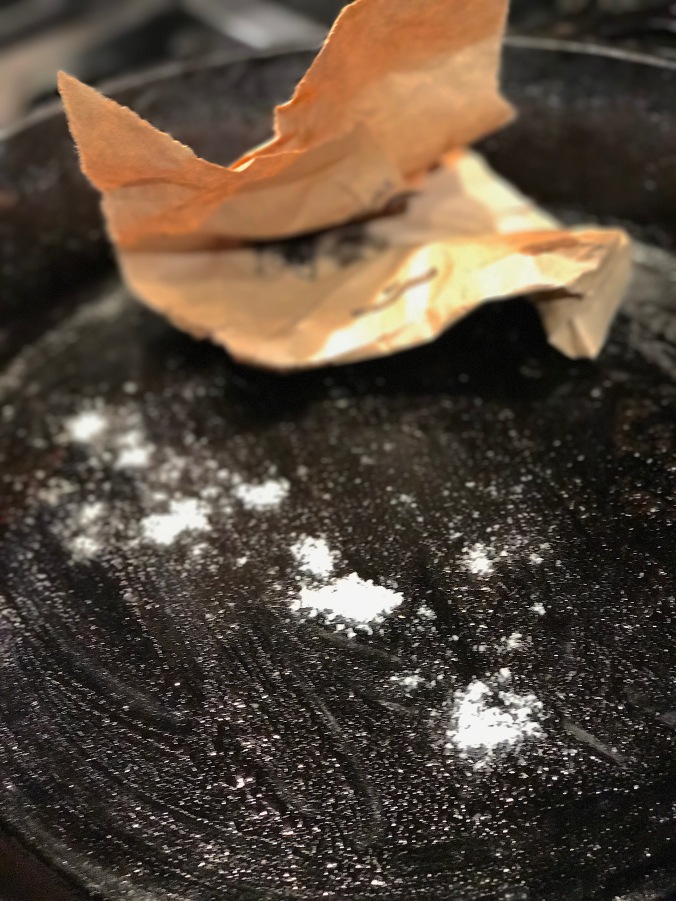We burn wood for heat in our house, mostly wood that we collect from our property. High winds bring down a lot of limbs from the trees so we cut them up and use them for heat, as well as bring down any “standing dead” trees in the forest. A weekly by-product of our wood heat is wood ash and when we don’t place it around the base of our fir trees for soil amendment, we occasionally place some in our hen yard for the girls to use for dust baths. In the winter and spring months, here in the Pacific Northwest, it’s mud season, so chickens are in need of some dry dirt for dust bathing, as a pest repellant to rid of mites and bothersome bugs that harbor in their feathers and on their skin, which must be itchy as heck. It also gives them a little added magnesium and calcium.

Our hens love their wood ash baths. They fight over them, in fact!
Here’s how we help our hens use wood ash to rid of their unwanted pests: We find a small “hen bowl” that they’ve dug in the yard, for bathing, and pour in the wood ash. Within minutes, they’ll scratch it around, mixing in the surrounding dirt, and then lay down in it to dust themselves up! A pop-up hen spa!
Apparently dried lavender and dried lemon balm are also great pest deterrents so sprinkling some into your wood ash bath could be an excellent potpourri addition for your chooks. We do love pampering our girls! After Valentines Day, our leftover dried roses were turned into rose petal chicken bedding for their coop, along with some blue paper hamster bedding a neighbor give us from our Buy Nothing group to line the chicken coop floor. Pretty!!

Rose petal and blue paper hamster bedding make for a fun late-winter coop bedding.
What spa treatments do you give your hens?
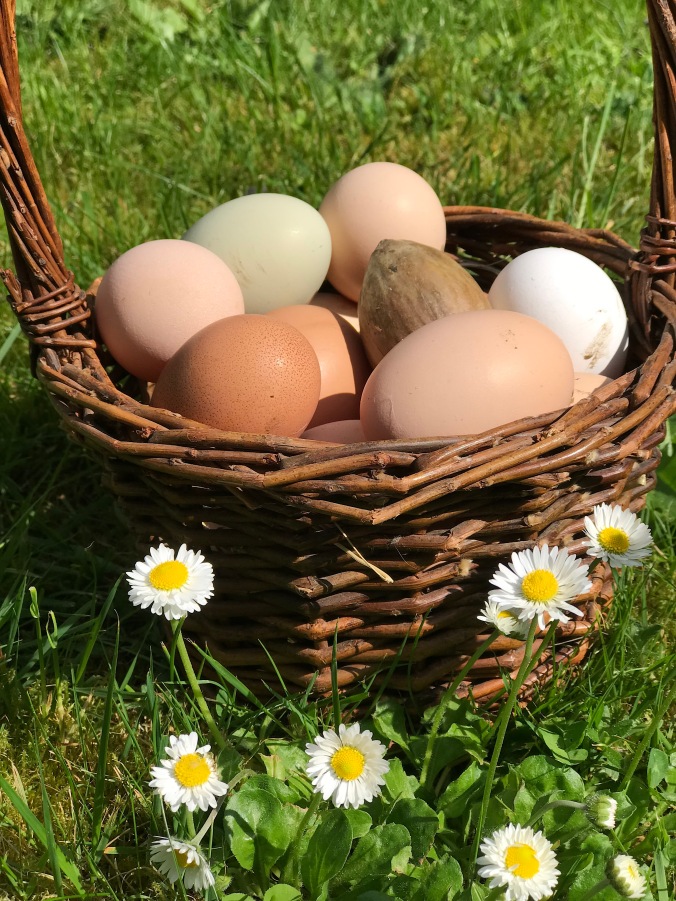









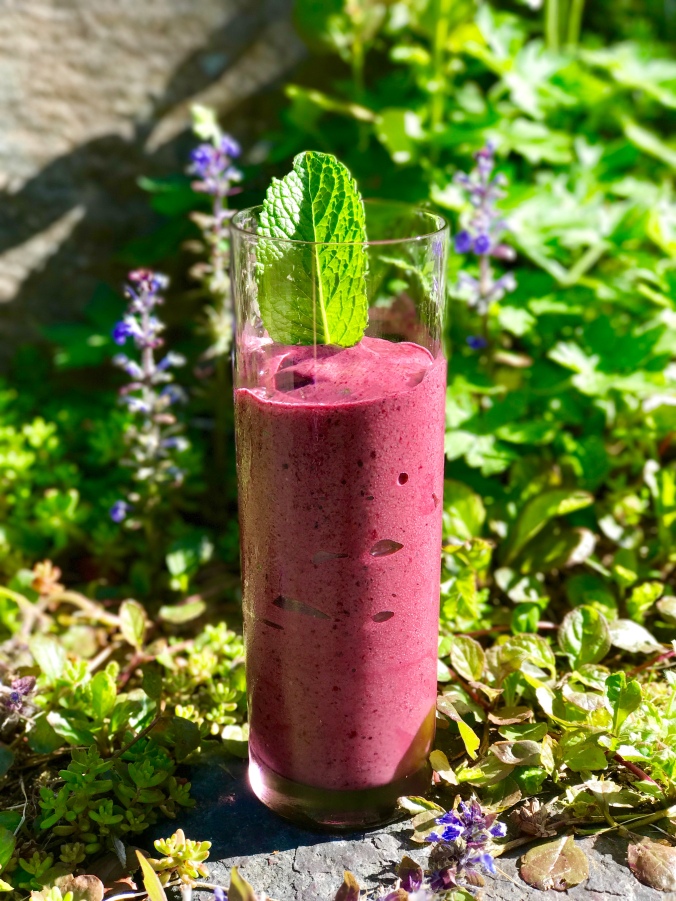


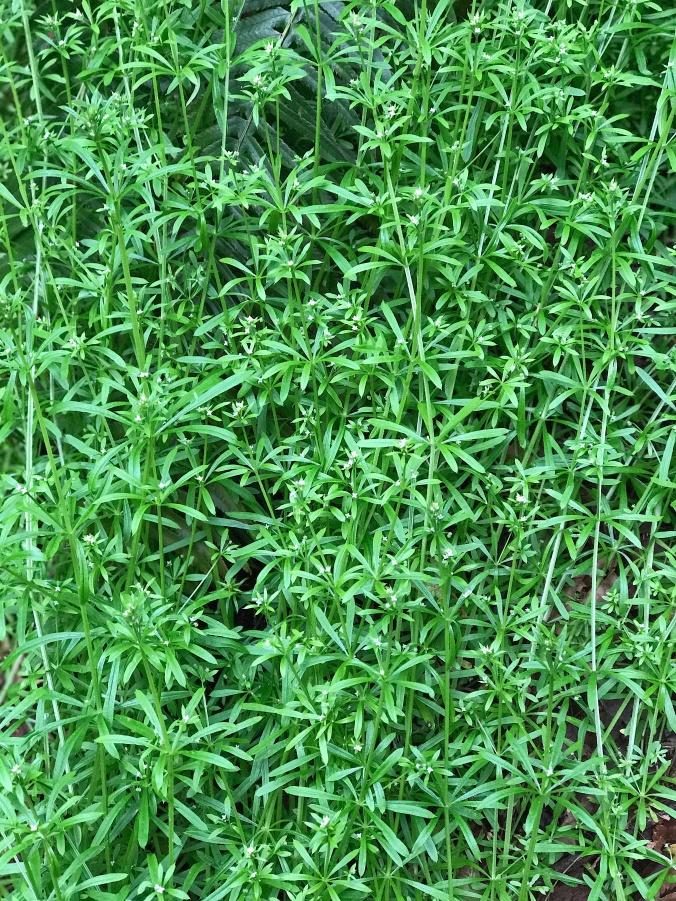




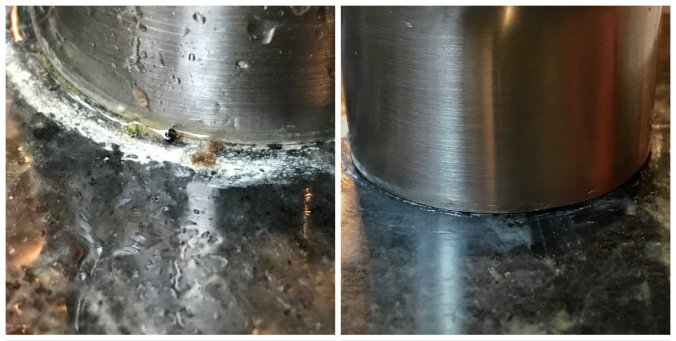







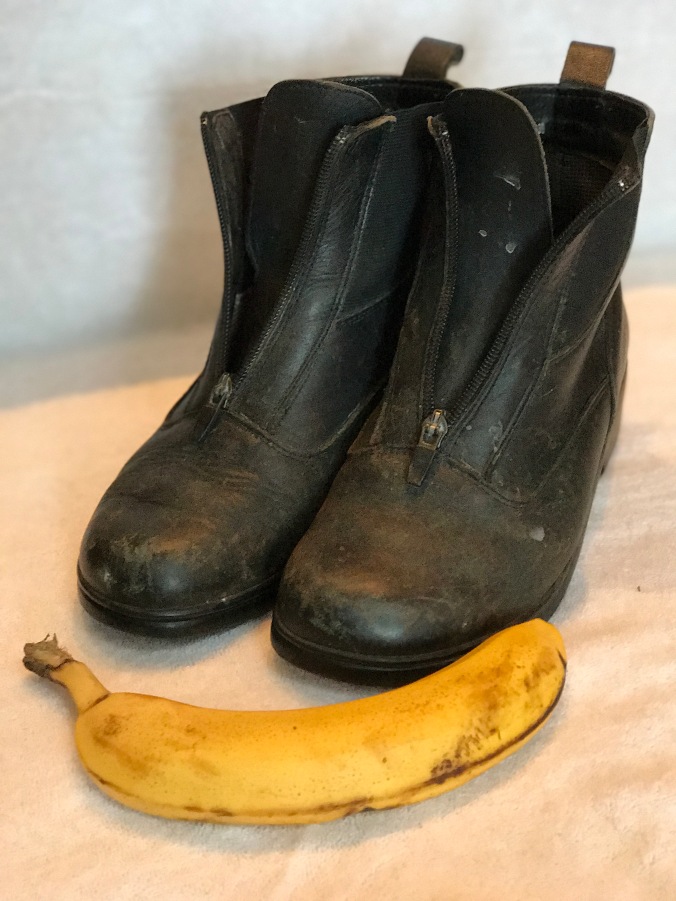
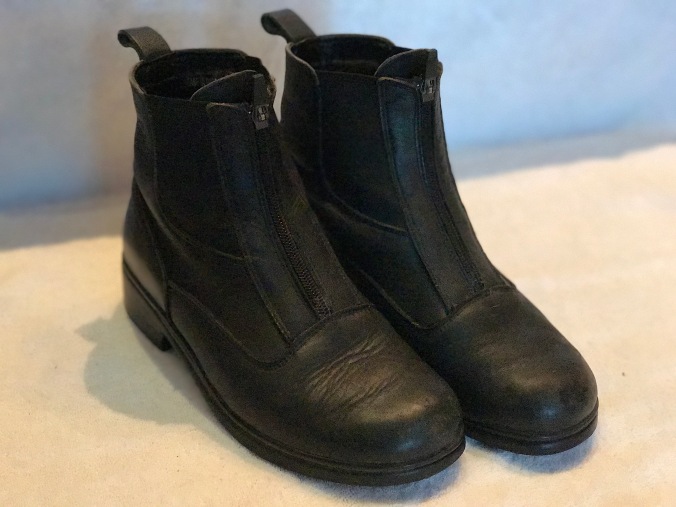
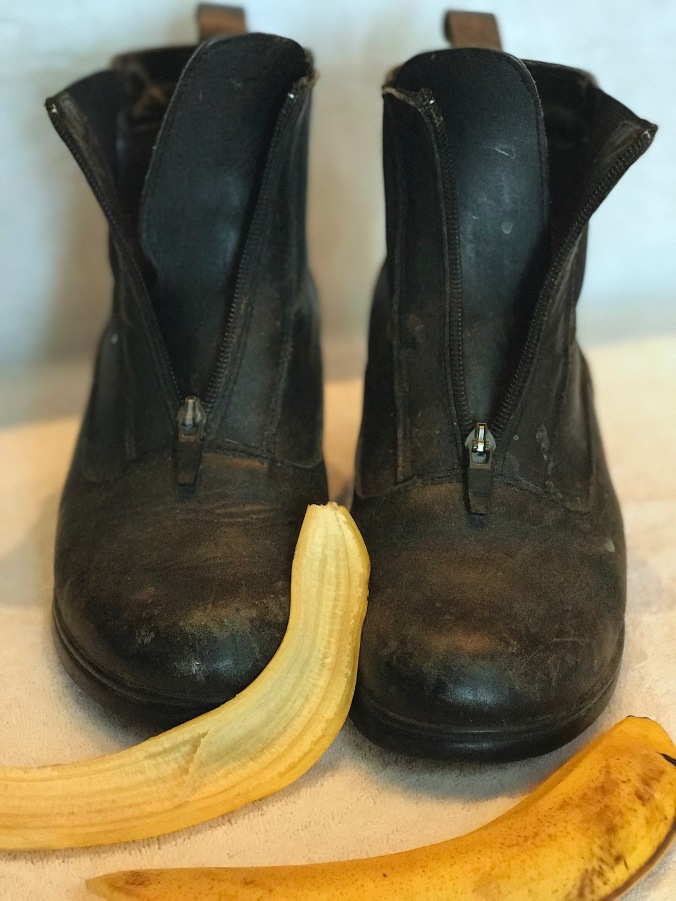


 Enjoy!
Enjoy!

